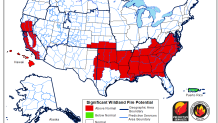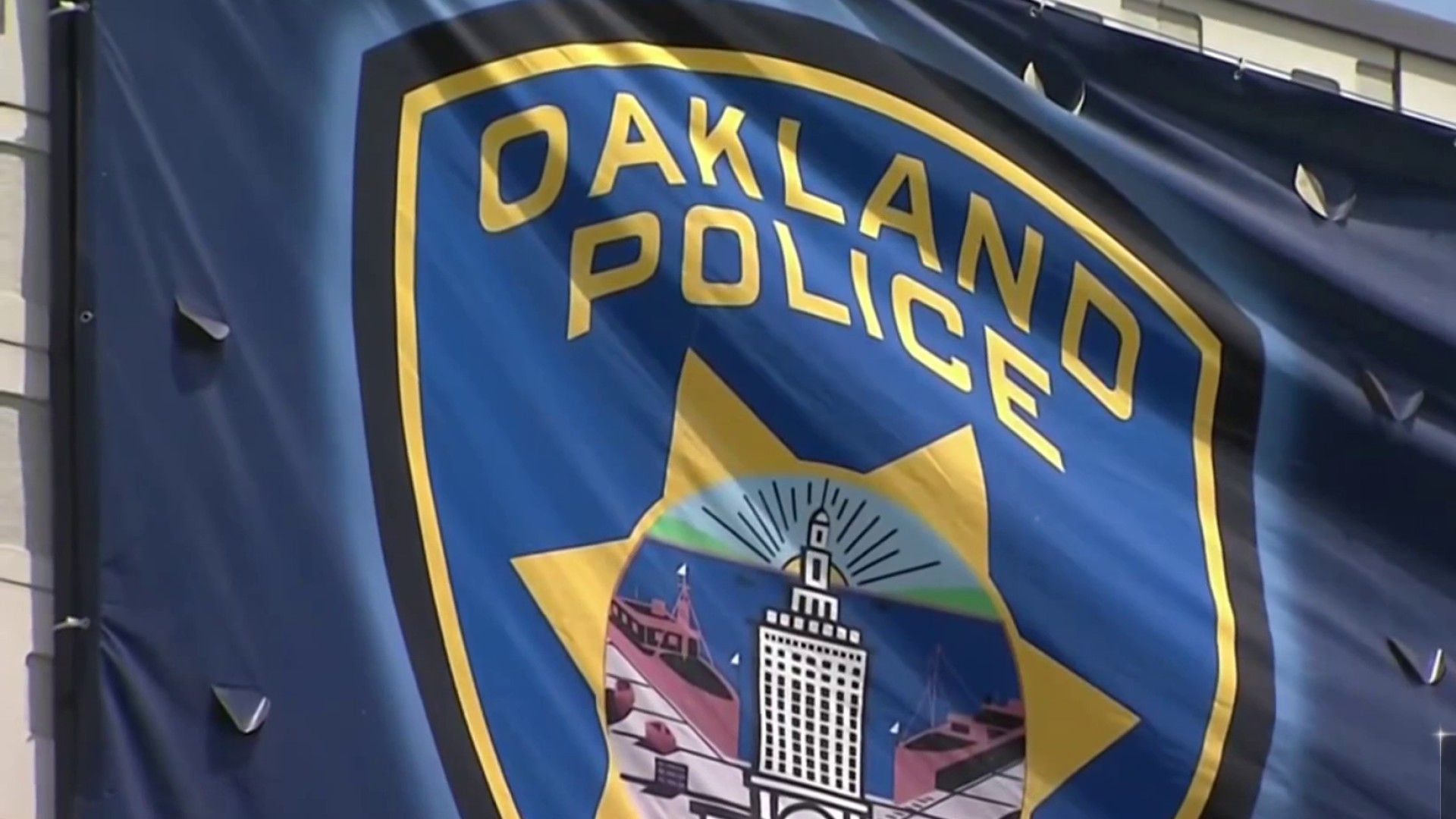From thousands of lightning strikes starting hundreds of fires to several record breaking heat waves, California's 2020 wildfire season is already one for the record books with more than 3 million acres burned - all before October.
So what's behind the incredible speed of wildfire growth and extreme fire weather behavior?
Rob Mayeda talked with National Interagency Fire Center's Nick Nauslar to look at what makes this year so unique from a wildfire standpoint.
Nauslar explained the state's expanding drought leaving Winter with more intense heat at times in Summer help stage the environment for massive fires that had the potential to grow rapidly.
As a fire weather meteorologist, Nauslar has a saying; "fire weather is severe weather" and that's especially true this year in California where larger fire complexes have displayed pyrocumulus and pyrocumulonimbus clouds, signs of extreme fire behavior.
"We are getting better at identifying these structures which could be one reason why we seem to be hearing more about that," Nauslar said. But the extreme heat and record dry fuels is a more likely cause as to why California seems to be seeing much more of them this year.
The Creek Fire burning along the Southern Sierra, for example, is believed to have produced the tallest pyrocumulonimbus column in the state's wildfire history, lofting smoke particulates into the stratospheric level and sending California wildfire smoke into upper level winds that have transported it throughout the Northern Hemisphere.

Now moving into Fall, Nauslar says the same conditions that helped fuel the incredible activity we've seen in the 2020 fire season so far could yield bad consequences as the time of year where Diablo Winds near the Bay Area and Santa Ana Winds become more common in Southern California.
Local
The current record breaking wildfire season is likely to be more active than usual and potentially last longer into late October and November.



